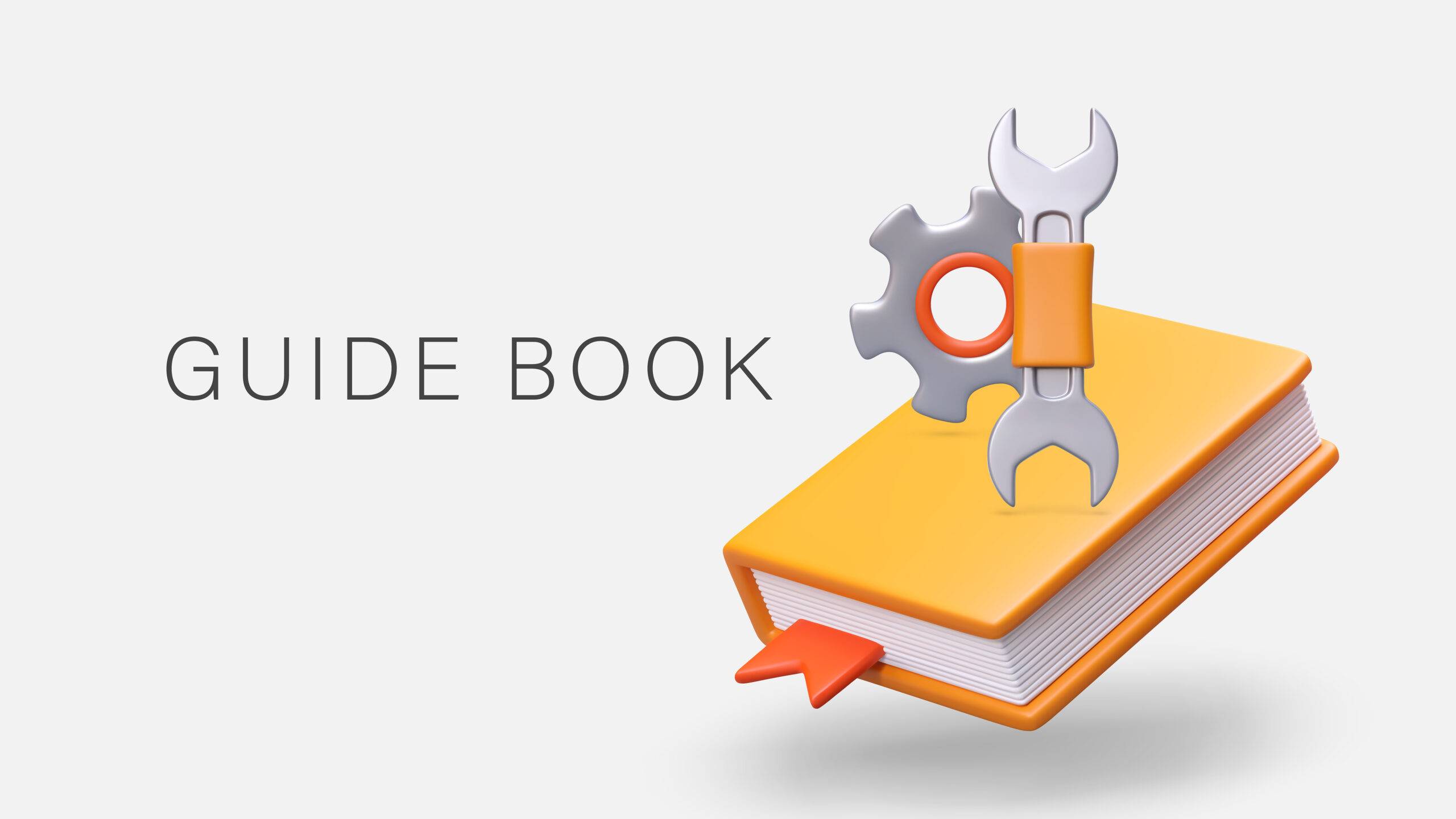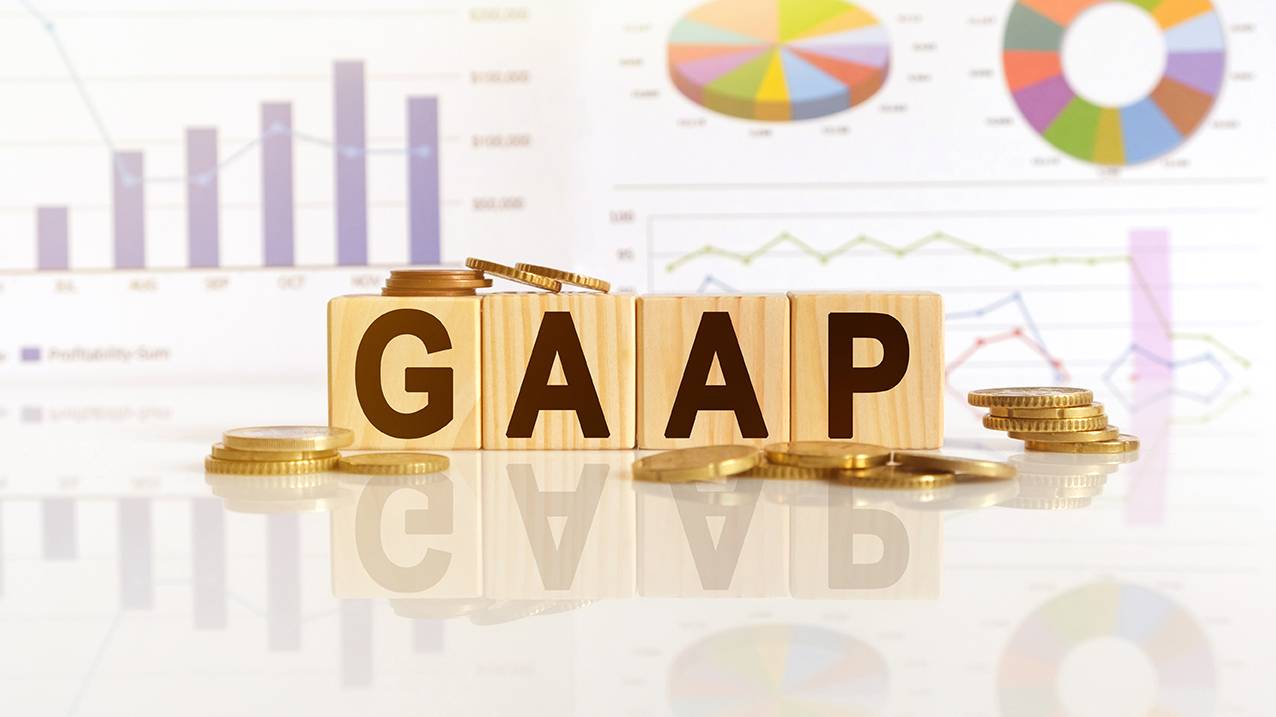Self-Study
The Accounting Procedures Guidebook
Your go-to guidebook for accounting procedures across departments for establish robust controls, prevent fraud, and streamline business operations through systematic policy implementation.

$308.00 – $348.00
Webcasts are available for viewing Monday – Saturday, 8am – 8pm ET.
Without FlexCast, you must start with enough time to finish. (1 Hr/Credit)
Please fill out the form below and we will reach out as soon as possible.
CPE Credits
11 Credits: Accounting
Course Level
Overview
Format
Self-Study
Course Description
The typical business needs a system of policies and procedures in order to reduce errors, minimize fraud, and maintain tight control over its operations. The Accounting Procedures Guidebook contains the detailed procedures and forms needed for every accounting system, from accounts payable to treasury, as well as for such operational areas as order entry, shipping, purchasing, and receiving. Procedures are separately stated for manual and computerized accounting systems. The accounting procedures CPE course also addresses how to create and enforce procedures, as well as when to update them. In short, this accounting procedures CPE course provides the baseline policy and procedure information needed to enhance the operations of any business.
Learning Objectives
Upon successful completion of this course, participants will be able to:
- Specify the situations in which procedures should or should not be employed, and the best procedure format to use. Also note the constituencies most interested in the development of procedures.
- Specify the uses of order forms and return merchandise authorizations, and the application of verification techniques in the order entry process flow.
- Identify the clauses and documents used in a credit review, as well as the triggering events for credit changes.
- Specify the documents required in the shipping process flow.
- Specify the flow of documents required to produce a customer invoice.
- Specify the uses to which a credit memo can be put, and the positions involved in the collection process.
- Identify the steps in the cash receipts process flow.
- State the authorizing documents used to order goods and services, as well as the steps in the purchasing process.
- Specify the control points in the analysis and processing of procurement card statements.
- Identify allowable items to include in an expense report and situations in which per diem payments are made.
- Recognize the situations in which the petty cash amount should be altered, and actions to take if a variance is found.
- Recognize the documents used to control the inflow of goods to a business, and the contents of inventory tags.
- Specify the reasons for using three-way matching and the variations on this concept to improve the processing of payables, as well as the use of adjustment letters.
- Identify the reasons for verifying count tags and the uses to which a cycle counting report can be put.
- State the differences between a timesheet and timecard, and note the contents of an employee record. Also recognize the types of employee pay deductions.
- Specify the reasons for using a capital request form, the steps required to dispose of a fixed asset, and whether to engage in a post installation review.
- Identify how investable cash is calculated, the use of a cash concentration account, and when to distribute inter-company cash.
- Identify the situations in which subsidiary ledgers are closed, when approvals are needed before financial statements can be issued, and the approval process for EDGARizing financial statements.
Course Specifics
1183357
October 17, 2024
There are no prerequisites
None
328
Compliance Information
CMA Notice: Western CPE makes every attempt to maintain our CMA CPE library, to ensure a course meets your continuing education requirements please visit Insitute of Management Accountants (IMA)
CFP Notice: Not all courses that qualify for CFP® credit are registered by Western CPE. If a course does not have a CFP registration number in the compliance section, the continuing education will need to be individually reported with the CFP Board. For more information on the reporting process, required documentation, processing fee, etc., contact the CFP Board. CFP Professionals must take each course in it’s entirety, the CFP Board DOES NOT accept partial credits for courses.
Meet The Experts

Steven M. Bragg, CPA, is a full-time book and course author who has written more than 300 business books and courses. He provides Western CPE with self-study courses in the areas of accounting and finance, with an emphasis on the practical application of accounting standards and management techniques. A sampling of his courses include the The New Controller Guidebook, The GAAP Guidebook, Accountants’ Guidebook, and Closing the Books: An Accountant’s Guide. He also manages the Accounting Best Practices podcast. Steven has been the CFO or controller of both public and private companies and has been a consulting manager with Ernst & Young and …
Related Courses
-
 Accounting
Accounting
Accountants’ Guidebook
Steven M. Bragg, CPA QAS Self-Study
Credits: 30 $600.00
QAS Self-Study
Credits: 30 $600.00$600.00 – $640.00
-
 Accounting
Accounting
Accounting Fraud: Recent Cases
Joseph Helstrom, CPA QAS Self-Study
Credits: 1 $29.00
QAS Self-Study
Credits: 1 $29.00$29.00 – $49.00
-
 Accounting
Accounting
GAAP Guidebook
Steven M. Bragg, CPA QAS Self-Study
Credits: 29 $580.00
QAS Self-Study
Credits: 29 $580.00$580.00 – $620.00
